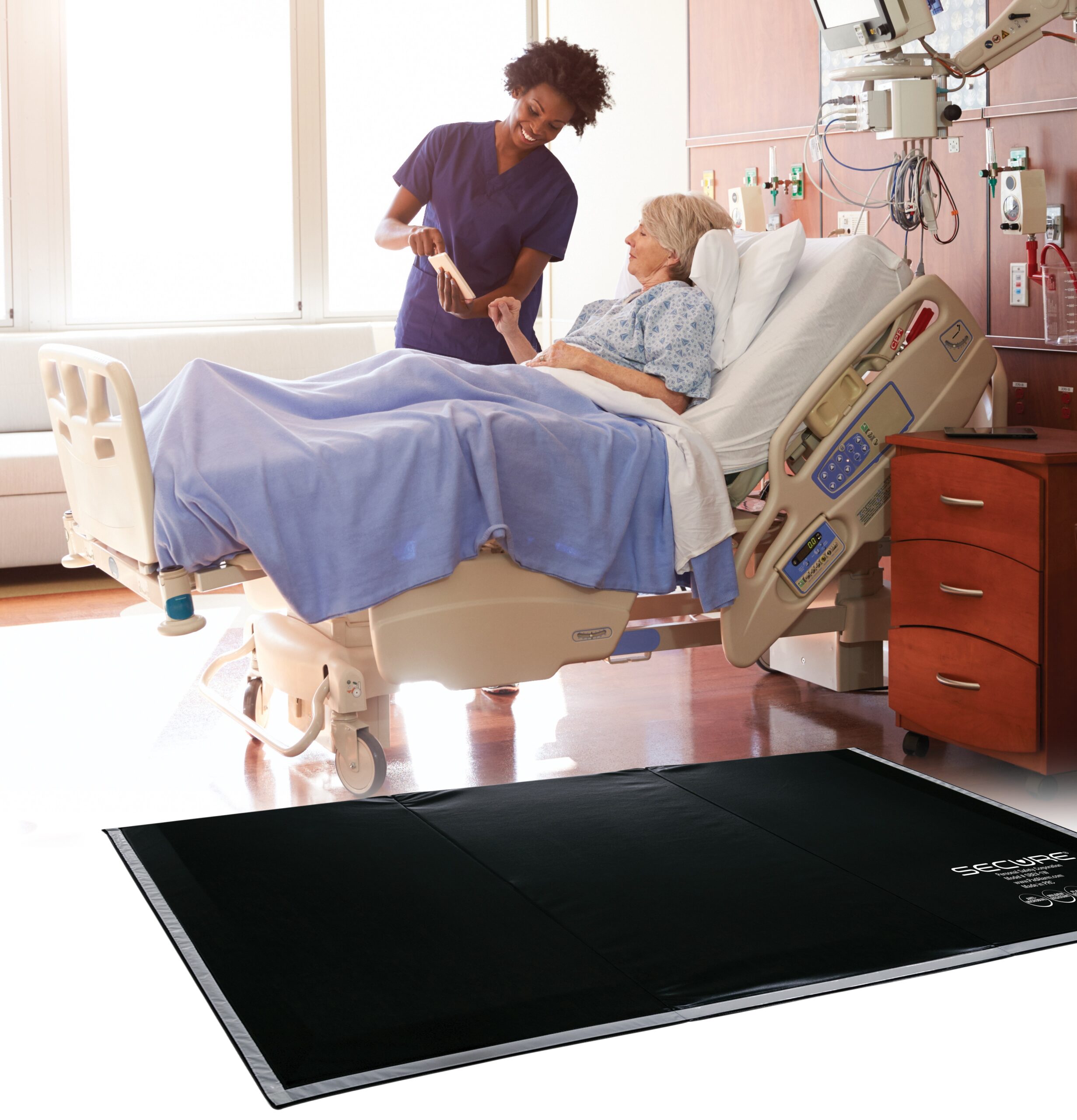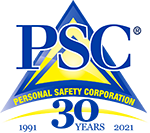Prevent falls and injuries with bedside fall mats! Discover how these simple yet effective mats can make a difference.
Are you concerned about the safety and well-being of your patients?
In healthcare settings, fall injuries are a common occurrence and can have severe consequences. However, there is a solution that can significantly reduce these incidents – bedside fall mats.
This article explores the benefits of implementing these mats, strategies for identifying patients at risk of falls, and practical tips for incorporating fall mats into your healthcare facility.
By investing in this simple yet effective solution, you can provide a safer environment for those you serve.
Benefits of Bedside Fall Mats
One significant benefit of bedside fall mats is their ability to significantly reduce the risk of fall-related injuries in healthcare facilities. Fall prevention techniques play a crucial role in maintaining patient safety, and caregivers are at the forefront of implementing these techniques.
Advancements in fall mat technology have contributed to improved patient outcomes and enhanced caregiver efficiency.
Bedside fall mats are designed to provide a cushioned surface that absorbs impact, minimizing the risk of injury during a fall. These mats are strategically placed beside the patient’s bed, creating a safe landing surface in case of an accidental fall. By reducing the impact force, bedside fall mats help prevent fractures, sprains, and other fall-related injuries.
The importance of patient safety cannot be overstated, and the use of bedside fall mats demonstrates a commitment to providing a secure environment for patients. Caregivers play a vital role in fall prevention, and the implementation of bedside fall mats supports their efforts by providing an additional layer of protection.
Advancements in fall mat technology have led to the development of mats with enhanced features, such as anti-slip surfaces, low profile designs, and easy-to-clean materials. These advancements not only improve patient safety but also streamline the caregiving process by reducing maintenance requirements.
Furthermore, bedside fall mats have proven to be cost-effective solutions. The cost of implementing fall prevention measures, such as training programs and equipment, is often significantly lower than the expenses associated with treating fall-related injuries. By investing in bedside fall mats, healthcare facilities can mitigate the financial burden caused by fall incidents.
Identifying Patients At Risk of Falls
To effectively prevent falls, healthcare providers must carefully identify and assess patients who are at risk of falling. Fall prevention interventions should be tailored to the individual patient’s specific needs and risk factors. A comprehensive fall risk assessment is crucial in determining the appropriate interventions and strategies to reduce the risk of falls.
Fall risk assessment involves evaluating various factors, including the patient’s medical history, medication use, mobility, gait, and balance. Additionally, assessing cognitive function, vision, and the presence of any existing medical conditions or disabilities is essential in identifying patients at risk of falls. By considering these factors, healthcare providers can develop a personalized plan to mitigate the risk of falls.
Patient education plays a pivotal role in fall prevention. It is important to educate patients and their families about the potential risks of falls, as well as strategies to prevent them. This may include providing information on exercises to improve strength and balance, tips on maintaining a safe environment, and guidance on using assistive devices such as handrails and grab bars.
Environmental modifications are another critical aspect of fall prevention. Healthcare providers should assess the patient’s living environment and make necessary adjustments to minimize fall hazards. This may involve removing tripping hazards, ensuring adequate lighting, and installing non-slip surfaces in areas prone to wetness.
In addition to patient education and environmental modifications, healthcare providers can utilize various fall prevention tools. Bedside fall mats are one such tool that can provide an added layer of protection for patients at risk of falls. These mats are designed to absorb impact and reduce the risk of injuries if a fall does occur.
Strategies for Implementing Fall Mats
The implementation of fall mats requires careful planning and coordination with healthcare providers and facility staff. In order to successfully implement fall mats, healthcare facilities should consider the following strategies:
- Evaluation process: Conduct a comprehensive evaluation of the facility to identify areas with high fall risks. This evaluation should involve assessing patient demographics, fall history, and environmental factors.
- Staff training: Provide thorough training to healthcare staff on the proper use and maintenance of fall mats. This includes educating them on the importance of fall prevention, how to identify patients who require fall mats, and how to correctly position and secure the mats.
- Choosing the right mat: Select fall mats that are appropriate for the specific needs of the patients and the facility. Consider factors such as patient mobility, weight capacity, and ease of cleaning and maintenance.
- Placement considerations: Determine the optimal placement of fall mats in areas where patients are at high risk of falling, such as near beds, chairs, and toilets. Ensure that the mats are easily accessible to both patients and healthcare staff.
- Monitoring effectiveness: Regularly evaluate and monitor the effectiveness of fall mats in reducing fall-related injuries. This can be done through incident reporting, tracking fall rates, and seeking feedback from healthcare staff and patients.



